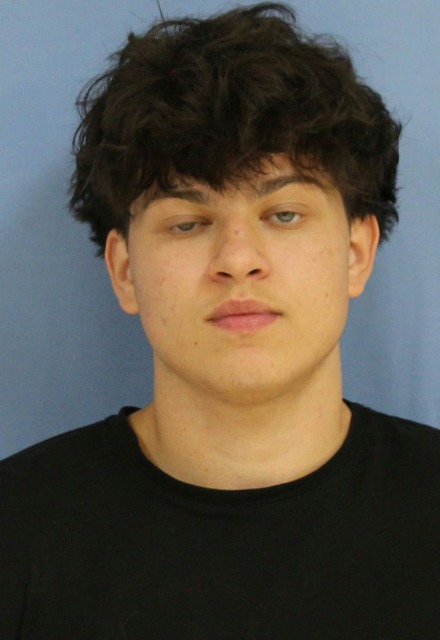St. James looks inward for flood control solutions
Published 12:00 am Saturday, September 7, 2013
BY KIMBERLY Hopson
L’Observateur
CONVENT – St. James Parish geographic information systems coordinators during the parish council’s Sept. 4 meeting revealed measures the parish is taking to predict and prevent back water flooding.
Ryan Donadieu and Bobby Lear expounded on the benefits of airborne light detection and radar, a laser system the parish has utliized to measure elevation in wide swaths. The process, which uses light from a laser to measure different points on the surface of the earth, works similarly to ordinary radar except that LIDAR sends out narrow beams of light rather than broad radio waves. Readings taken from LIDAR sensors are then used to create digital elevation models, which would be used to pinpoint the areas most in need of sandbagging.
“With everything going on from the flooding with Isaac and the NFIP regulatons changing, and the corps probably won’t be of any assistance, we figured we’d like to come up with a proactive way to take care of the parish. The best thing to do is find out your elevations. The easiest way to do it, besides going out there riding, is to use your LIDAR,” said Donadieu.
The coordinators also purchased a global mapping program that allows users to input coordinates and create a contour map. According to the GIS coordinators, water levels can be added to the program and then exported into a “shape file,” which is similar to a flood map. Varying water levels were turned into desktop and electronic versions of maps.
“Isaac was 4.8 feet at its peak. We’ve been able to take this data here (and use it) in another software we have called ‘Pictometry.’ it’s a GIS software that has aerial photography, so we can superimpose the water at whatever level we want. It shows us where the water is and gives a picture of where the water might be at that given elevation,” said Lear.
When compared to actual pictures taken of flooding during the storm, the program’s maps showed accurately. The coordinators said they have collected the addresses of the houses that showed underwater from each water level and have given the data to the parish’s planning department to determine which areas needed priority sandbagging.
The tentative maps are not fool proof, however. Donadieu said the data does not take drainage issues into account and advised that even those residents listed above water levels should be cautious since they could be at risk for flooding because of drainage problems.
“What we wanted to do was get ahead of the game. We know the water’s coming in, so who needs to be sandbagged first, what houses are at most risk and a good guess at how many sandbags would be used per house,” said Donadieu.
In regard to the recent announcement about an alignment selection, Donadieu mentioned that the U.S. Army Corps of Engineers said the agency would elevate homes in the area over the course of the next 50 years. Donadieu estimated the cost of elevation per home to be about $160,000 and said that he and Lear would work togother to predict future water levels to see how many homes would be affected by future storms.
The council also issued a resolution of condolence to the family of former District 5 Councilman Oliver Cooper Sr. Cooper served as a parish representative, in some form or another, for 24 years, he spent 12 years as a District 5 police juror, then served on the St. James Parish Council for another 12 years. Cooper was held in the highest esteem by the council and citizens of St. James Parish.
“There’s no question that he was a man of integrity. He told me what he was going to do and stood by it,” said Council President James Brazan.
The council members announced that they would also present the family of Cooper with a plaque.






